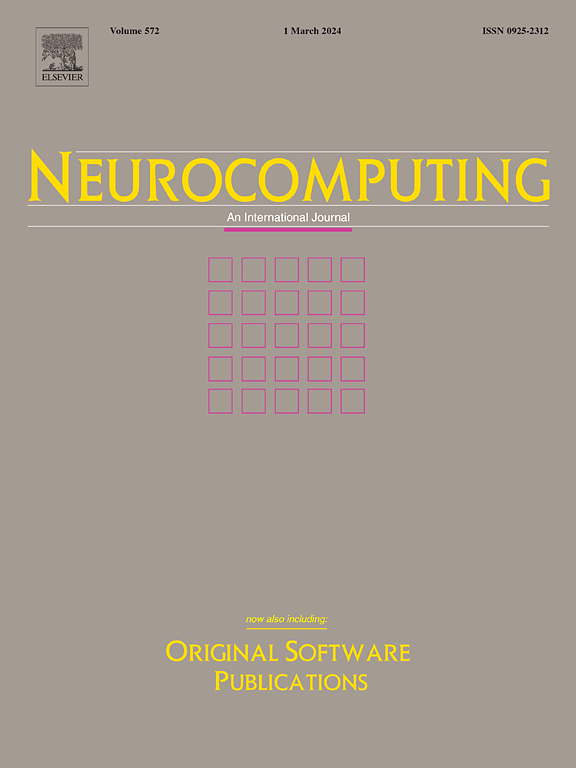Mask-Q attention network for flare removal
IF 5.5
2区 计算机科学
Q1 COMPUTER SCIENCE, ARTIFICIAL INTELLIGENCE
引用次数: 0
Abstract
Lens flare is a common optical phenomenon that is typically undesirable because it significantly degrades image quality, thus affecting certain visual tasks. The existing main methods using CNN-based models and transformer-based models aimed at removing lens flare, however, perform poorly in removing large-scale flares because they lack the inductive bias for spatial equivariance and the ability to capture both global and local features simultaneously. This deficiency prevents networks from quickly pinpointing the locations of flares and from fully learning the contextual content necessary for repairing contaminated areas, and they also struggle with restoring uncontaminated regions. In this paper, we introduce the Mask-Q Attention Network, a multi-scale framework designed to address the flare removal problem. Our approach focuses on extracting both global and local features, leveraging ResBlock for local feature extraction and Mask-Q Attention for capturing global features. In the Mask-Q Attention, we enhance the localization capability of the attention mechanism by integrating the flare mask with the query vector (Q) in the self-attention process. The flare mask is obtained by binarizing the initial image. This integration with the flare mask effectively resolves the issue of the lack of spatial equivariance in Transformer blocks, providing the network with prior knowledge of the flare locations. Extensive experiments demonstrate MQANet’s superiority, achieving minimum gains of 0.5% PSNR and 0.6% SSIM on synthetic datasets, alongside a 0.1% SSIM improvement on real-world data. It also performs well in terms of the LPIPS metric.

求助全文
约1分钟内获得全文
求助全文
来源期刊

Neurocomputing
工程技术-计算机:人工智能
CiteScore
13.10
自引率
10.00%
发文量
1382
审稿时长
70 days
期刊介绍:
Neurocomputing publishes articles describing recent fundamental contributions in the field of neurocomputing. Neurocomputing theory, practice and applications are the essential topics being covered.
 求助内容:
求助内容: 应助结果提醒方式:
应助结果提醒方式:


